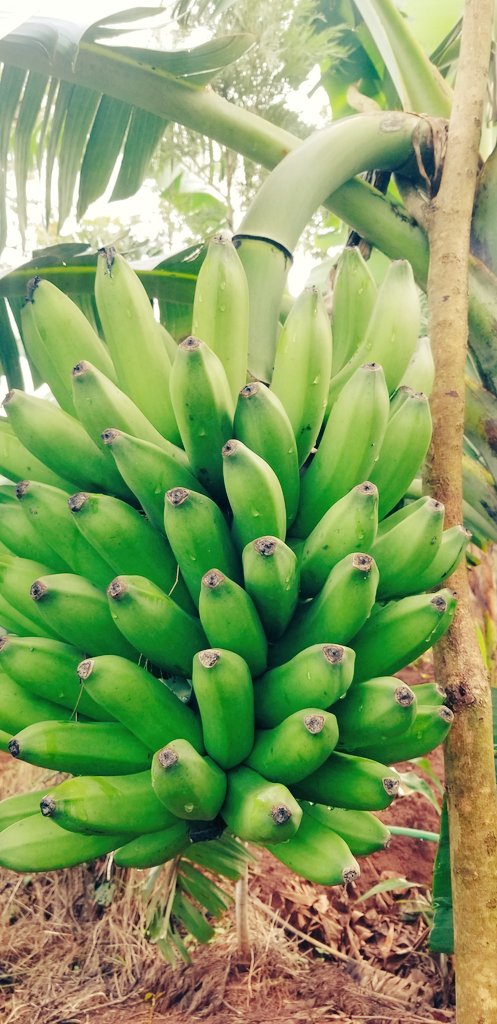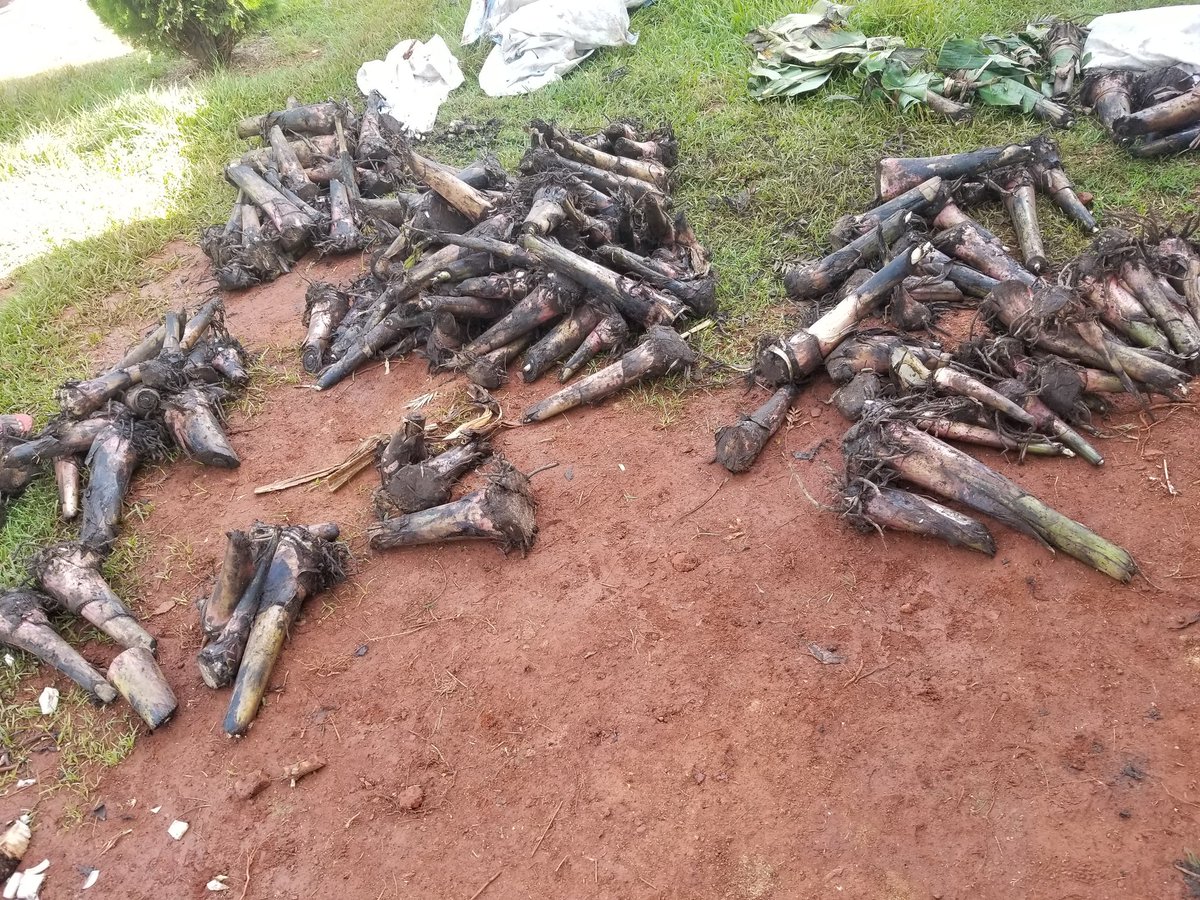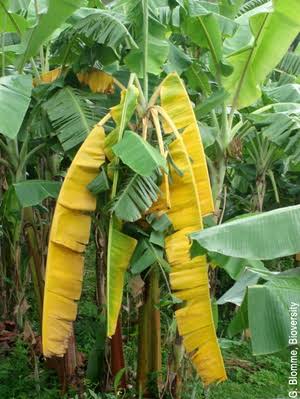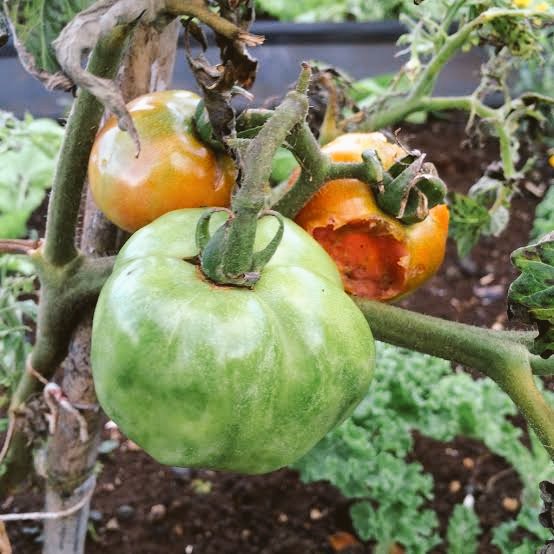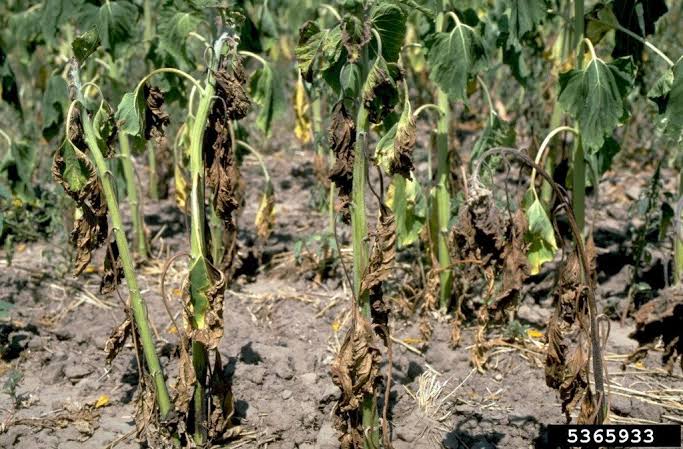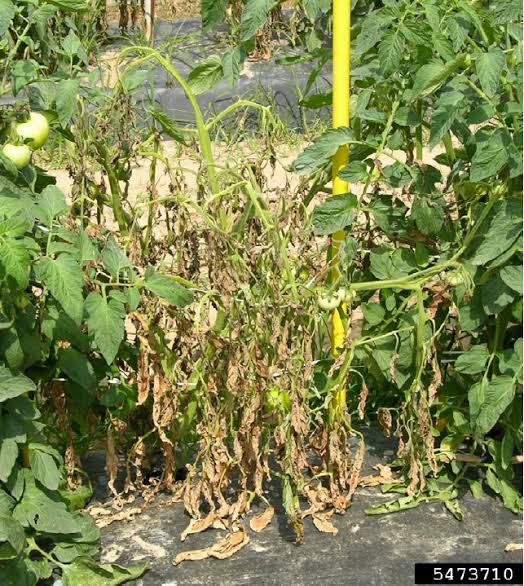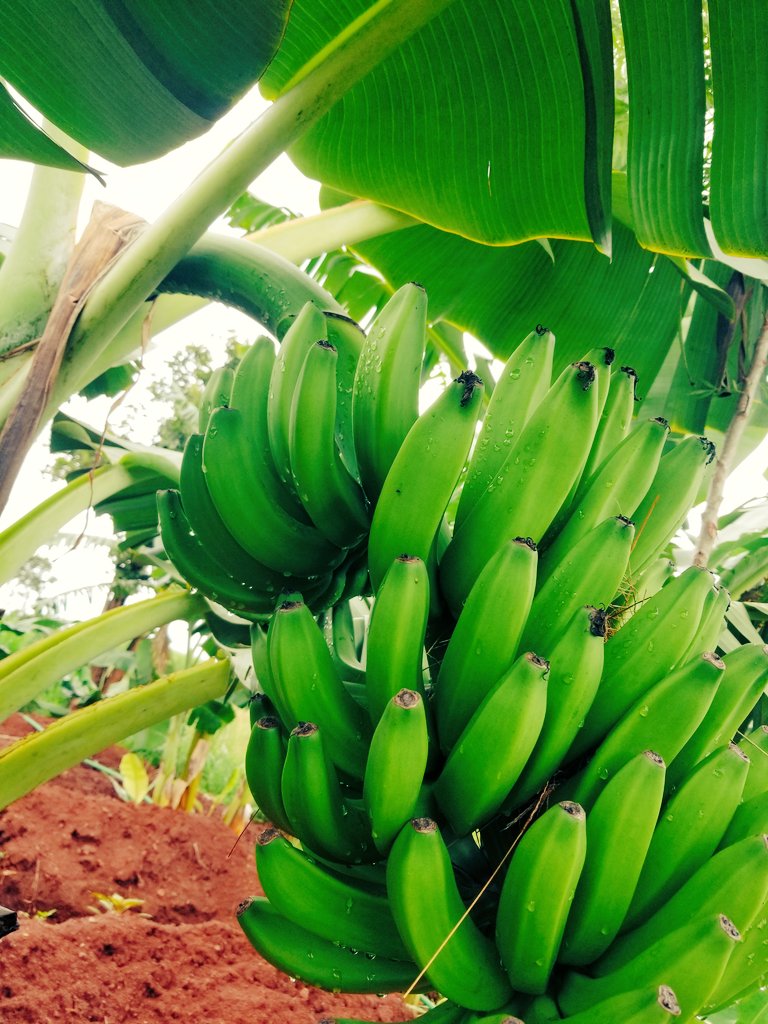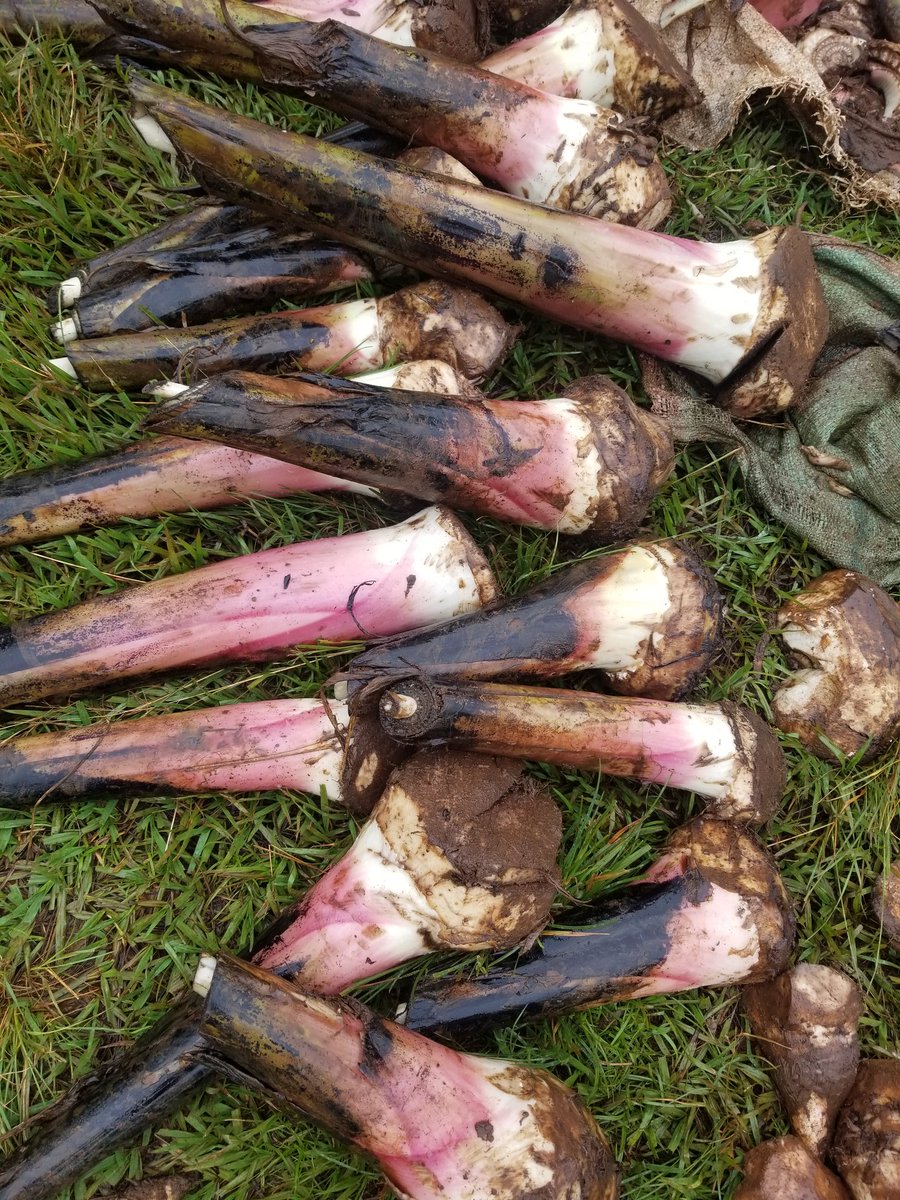Source of vitamin B6 and C, manganese, potassium, starch n fibre.
There's a high demand of bananas in Kenya n deficit in supply.
Much is imported from Uganda
Areas that lead in production are Meru, Kirinyaga, Embu, Kisii, bungoma, vihiga, Busia, Taita
Williams, Cavendish, Grandnain, Giant and Dwarf Cavendish, Uganda Green, Ng'ombe, Sweet bananas and others considered indigenous varieties.
Most farmers rely on propagation through suckers. However, tissue culture is gaining popularity.
Bananas are the easiest to propagate as long as you have a healthy rhizome.
Before venturing into banana farming note that it is a high feeder and needs good supply of manure, fertilizer and reliable water
Suckers entail separating daughters from mother stems and planting them directly.
Tissue culture involves either using mother tissues to produce seedlings from the lab or nursery.
Disinfect.
For rhizomes, simply take a sucker and cut off the stem trimming all leaves to remain with the base for planting.
Wash and disinfect
Deficiency, fungal, bacterial n viral diseases are many
To get the best sized fruits requires some tricks.
This is how we do it at @SeruyaFarm :
We dig holes of about 3x3 feet and 2 to 3 feet deep.
The number of holes per acre, size and alignment depends on your strategic interest in the bananas.
Long, medium or short term
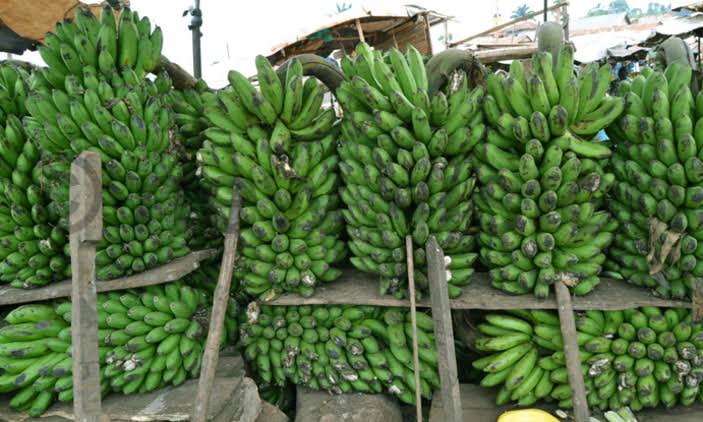
I put 5 spades of farm manure in each hole and spread it evenly. I then cover it with 5 spades of top soil.
Then I mix another farm manure with npk.
I then put the seedling, rhizome or sucker on top of the soil that I first added to cover the first manure in the hole.
I use the above mixture to cover and hold the plant in position and harden it
On harvesting, hold the fruit as you cut off the stem and wrap in leaves to avoid damage.
The weevils lay eggs that hatch and pierce through the stem into the rhizome making various holes thereby killing the banana or reducing yield.
Chemicals are not so effective in this and so control is difficult.
Make it a habit.
Look out for army worms that eat leaves of young bananas. Pick and kill or spray with recommended insecticides
Welcome to @SeruyaFarm
#COVID19
#covid19kenya
#foodsecurity
#KOTLoyals
#ClimateChange
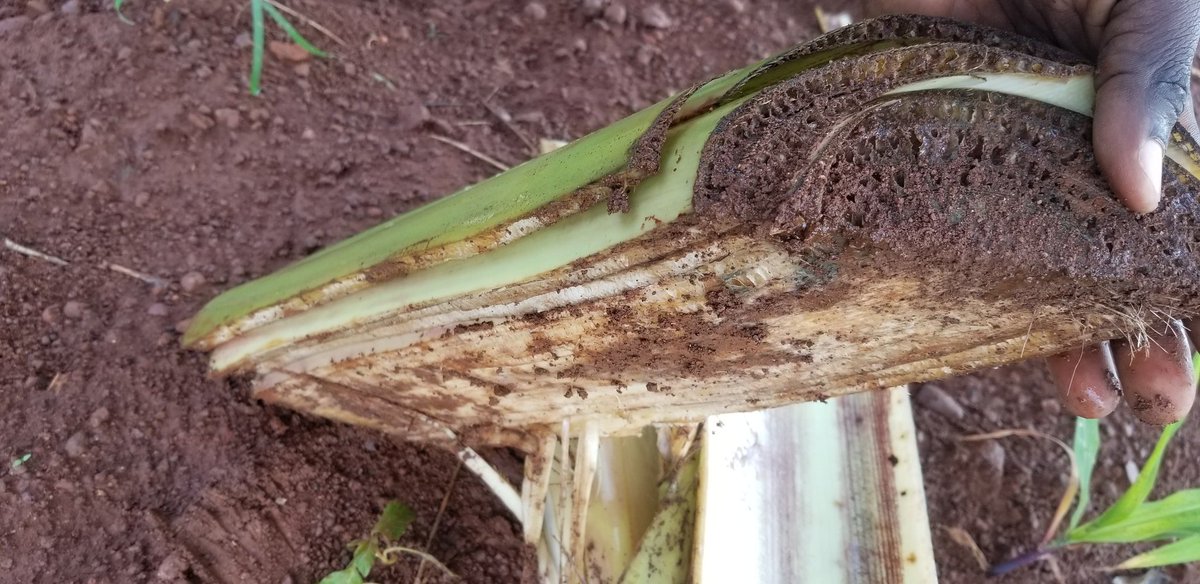
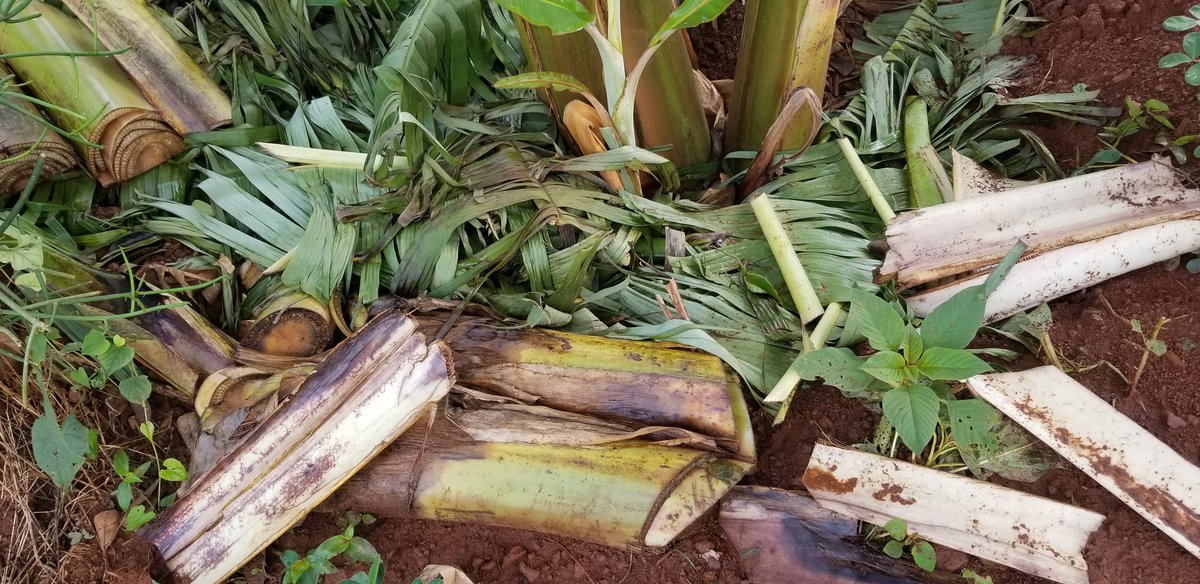
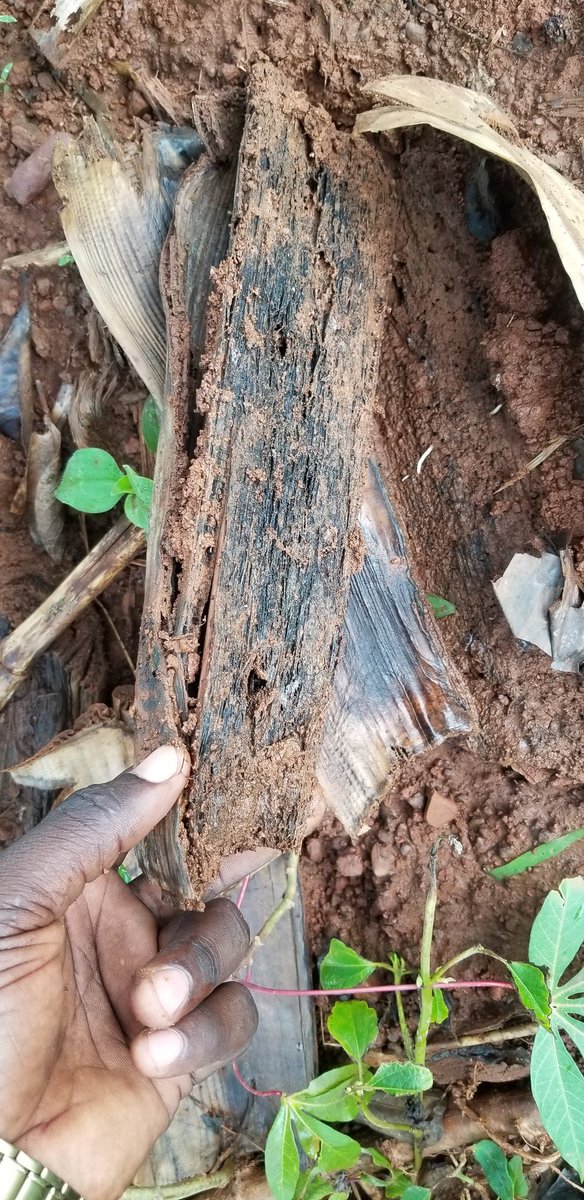
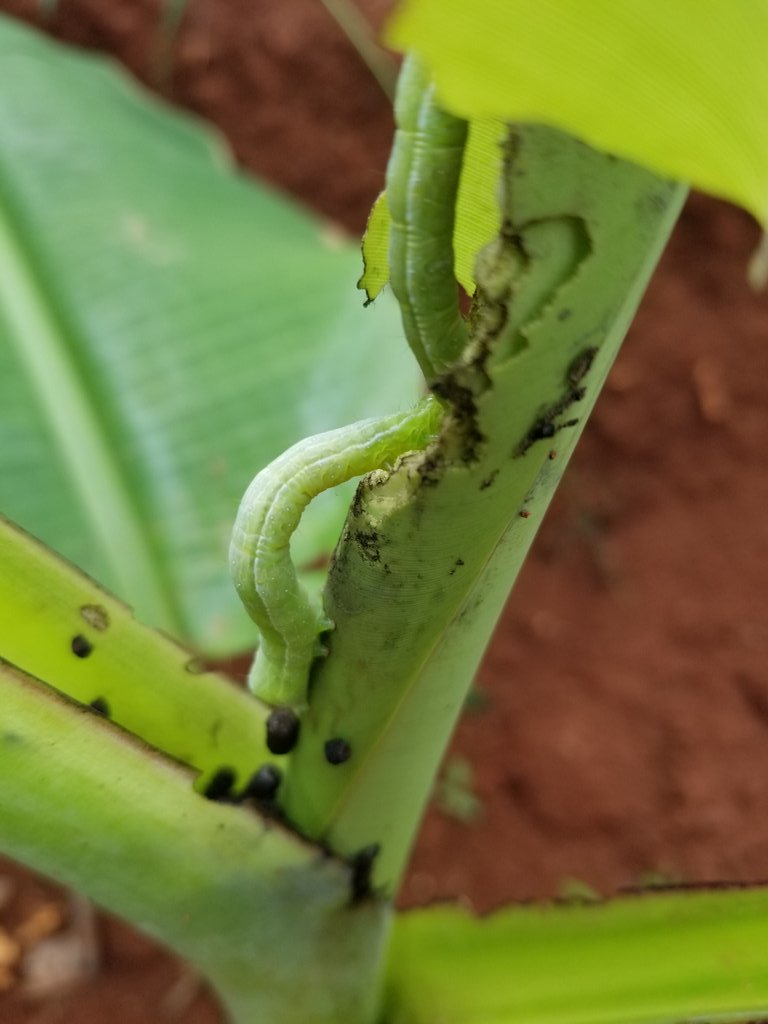
Find the thread in the link below.
👇👇
Very easy to follow steps.
#AgriTech
#savageremix
#COVID19
#ThursdayThoughts
#workingfromhome
#raila
#OneNationAtHome
#RIPLegend


